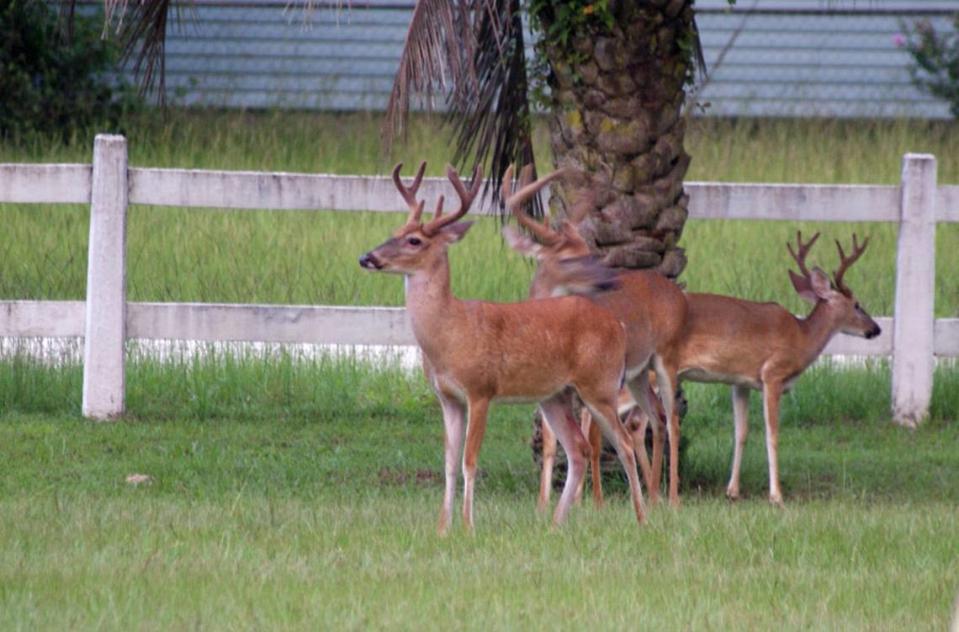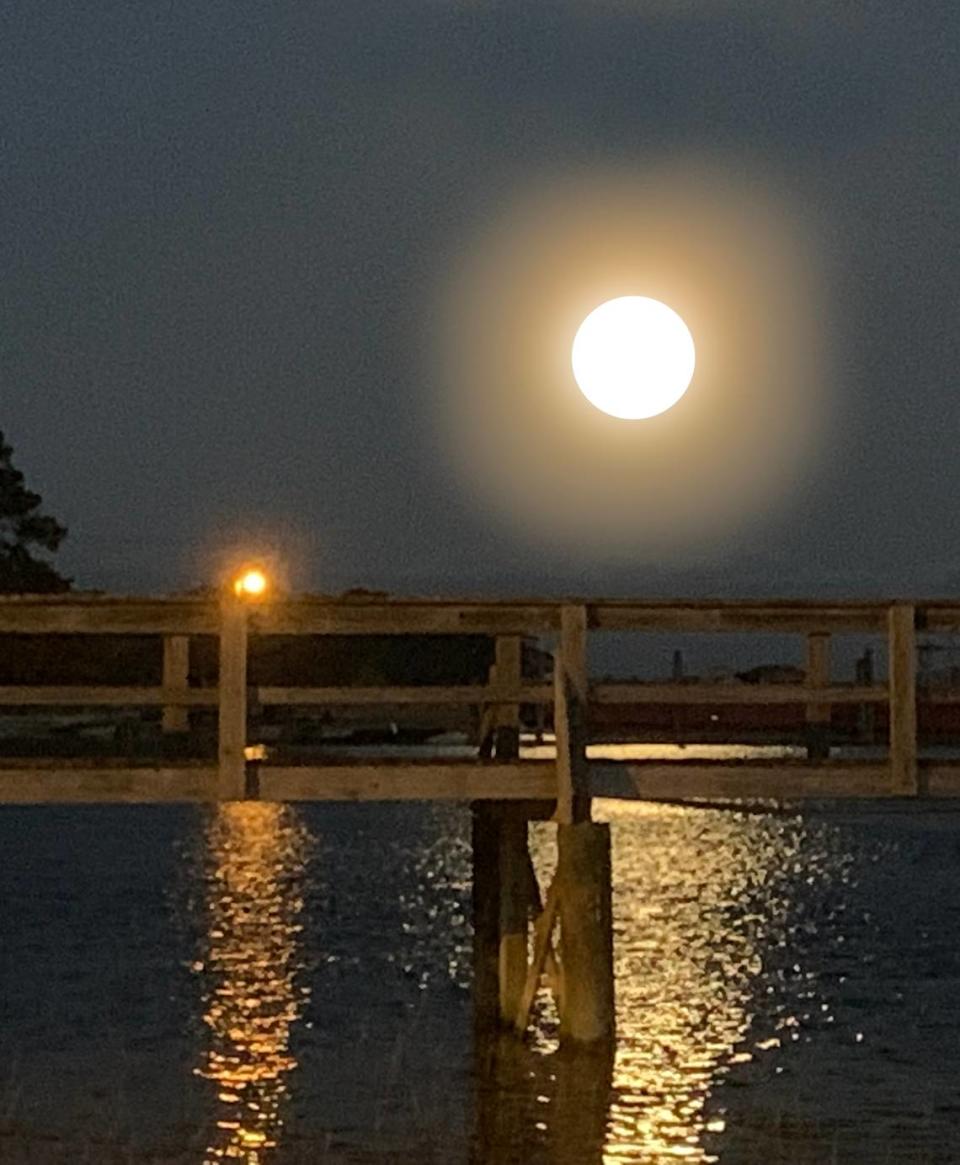A Buck Moon will shine over SC skies soon. Here’s when to look up and why it has that name
July’s Buck Moon will soon rise over South Carolina skies in the coming days.
This month’s full moon will rise at 6:17 a.m. on Sunday. This will be the full moon’s peak illumination time.
If you’re looking for the best way to view the moon, try getting away from any light sources or anything that could obstruct your view. If you’re looking to see it in its nighttime splendor, the moon will still appear full the night before and Sunday evening.
Why is it called the Buck Moon?
July’s full moon is coined the buck moon because the antlers of male deer, otherwise known as bucks, are “in full-growth mode at this time,” according to the Old Farmer’s Almanac.

Bucks will shed and regrow their antlers each year. As the years go by, they will continue to produce a larger set.

Why is this moon phase called a full moon?
Earth’s moon takes approximately 30 days, or one month, to revolve around the Earth, which is what is called a lunar cycle, detailed NASA.
A full moon is one of eight moon phases, also called lunar phases, and occurs when the moon is on the opposite side of Earth from the sun during its monthly orbit and the light fully illuminates the moon.
Will it impact tides along coastal South Carolina?
Those living in coastal regions of South Carolina can expect to experience spring tides due to this month’s full moon.
With the onset of an upcoming full moon, local tides will be impacted and will act as spring tides.
A spring tide is “a tide just after a new or full moon, when there is the greatest difference between high and low water,” as detailed by the Oxford Dictionary.
Tide height comparisons for June showing their relation to the moon’s phase can be found at Tidetime.org for three coastal South Carolina locations at the following hyperlinks:

The Full Moon schedule for 2024
Here is a list of all the full moons that will take place this year and their peak illumination times in the Eastern Time Zone, according to timeanddate.com.
July 21: This full moon will occur at 6:17 a.m. It’s called the buck moon.
Aug. 19: This full moon will occur at 2:25 p.m. It’s called the sturgeon moon.
Sept. 17: This moon will occur at 10:34 p.m. It’s called the corn/harvest moon.
Oct. 17: This moon will occur at 7:26 a.m. It’s called the hunter’s moon.
Nov. 15: This full moon will occur at 4:28 p.m. It’s called the beaver moon.
Dec. 15: This full moon will occur at 4:01 a.m. It’s called the cold moon

